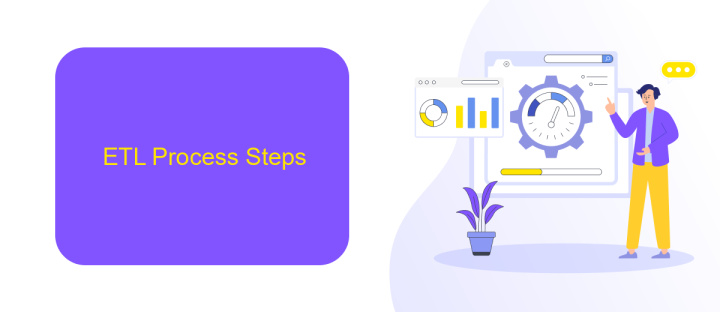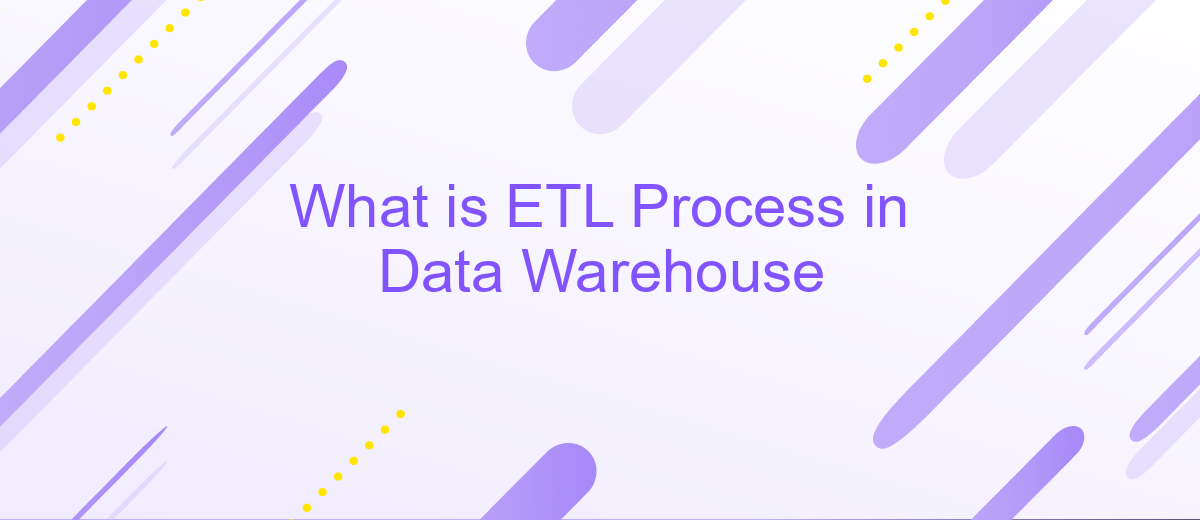What is ETL Process in Data Warehouse
The ETL process, which stands for Extract, Transform, Load, is a crucial component in data warehousing. It involves extracting data from various sources, transforming it into a suitable format, and loading it into a data warehouse for analysis and reporting. Understanding ETL is essential for managing and optimizing the flow of data in any data-driven organization.
ETL Process Overview
The ETL (Extract, Transform, Load) process is a critical component in data warehousing, facilitating the movement and transformation of data from various sources into a centralized repository. This process ensures that data is clean, consistent, and ready for analysis, enabling businesses to make informed decisions based on accurate information.
- Extract: Data is collected from multiple sources such as databases, APIs, and flat files.
- Transform: The extracted data is cleansed, formatted, and transformed into a suitable structure for analysis.
- Load: The transformed data is then loaded into the data warehouse for storage and future retrieval.
Effective ETL processes often involve the use of integration tools to streamline and automate data workflows. One such tool is ApiX-Drive, which helps in setting up seamless integrations between various data sources and the data warehouse. By leveraging these tools, organizations can ensure data integrity, reduce manual efforts, and improve overall efficiency in their data management practices.
ETL Process Steps

The ETL process in a data warehouse involves three main steps: Extract, Transform, and Load. During the extraction phase, data is collected from various sources such as databases, APIs, and flat files. This step ensures that all relevant data is gathered and prepared for the next phase. Tools like ApiX-Drive can facilitate seamless integration by automating data extraction from multiple sources, reducing manual effort and minimizing errors.
In the transformation phase, the extracted data is cleaned, formatted, and transformed to match the schema of the target data warehouse. This step may involve filtering, aggregating, and enriching the data to ensure it meets business requirements. Finally, the load phase involves loading the transformed data into the data warehouse, where it can be used for reporting and analysis. Efficient ETL processes ensure timely and accurate data availability, which is crucial for making informed business decisions.
ETL Tools and Technologies

ETL (Extract, Transform, Load) tools and technologies play a crucial role in managing data flows within a data warehouse. These tools facilitate the extraction of data from various sources, its transformation into a suitable format, and its loading into the data warehouse for analysis and reporting.
- Informatica PowerCenter: A widely-used ETL tool known for its robust data integration capabilities and scalability.
- Apache Nifi: An open-source tool designed for automating the flow of data between systems, supporting real-time data processing.
- Talend: An open-source ETL tool that provides a user-friendly interface and extensive connectivity options.
- ApiX-Drive: A service that simplifies the integration process by connecting various applications and automating data transfers without the need for coding.
- Microsoft SQL Server Integration Services (SSIS): A powerful ETL tool within the Microsoft SQL Server suite, known for its comprehensive data transformation capabilities.
These ETL tools and technologies streamline the data integration process, ensuring that data is consistently and accurately transferred to the data warehouse. By leveraging these tools, organizations can enhance their data management strategies, improve data quality, and enable more effective decision-making.
Benefits of ETL Process

The ETL (Extract, Transform, Load) process is pivotal for data management in a data warehouse. It ensures that data is accurately collected from various sources, transformed into a suitable format, and loaded into a data warehouse for analysis. This structured approach helps organizations maintain data consistency and quality.
One of the primary benefits of the ETL process is its ability to handle large volumes of data efficiently. By automating data extraction, transformation, and loading, ETL processes minimize manual intervention, reducing errors and saving time. Moreover, ETL tools can integrate data from disparate sources, providing a unified view of information.
- Improved data quality and integrity
- Enhanced decision-making capabilities
- Streamlined data integration from multiple sources
- Time and cost efficiency
- Scalability to handle growing data volumes
Services like ApiX-Drive can further enhance the ETL process by simplifying the integration of various data sources. ApiX-Drive offers automation tools that facilitate seamless data transfer, ensuring that your data warehouse is always up-to-date with the latest information. This not only improves operational efficiency but also allows businesses to focus on deriving insights from their data.
Challenges and Limitations of ETL Process
The ETL (Extract, Transform, Load) process in data warehousing comes with several challenges and limitations. One of the primary challenges is data quality. Ensuring that data is accurate, complete, and consistent can be difficult, especially when dealing with large volumes from multiple sources. Data transformation requires complex mapping and cleansing, which can be time-consuming and prone to errors. Additionally, the ETL process can be resource-intensive, requiring significant computational power and storage, which can drive up costs and impact performance.
Another limitation is the complexity of integration. Establishing seamless connections between various data sources and the data warehouse can be challenging. Tools like ApiX-Drive can help automate and simplify these integrations, but they still require careful configuration and maintenance. Moreover, real-time data processing is often limited in traditional ETL processes, leading to latency issues. This can be problematic for businesses needing up-to-the-minute data insights. Scalability is also a concern, as increasing data volumes can strain existing ETL infrastructure, necessitating ongoing updates and optimizations.
FAQ
What is the ETL process in a data warehouse?
Why is the ETL process important in data warehousing?
What are the main stages of the ETL process?
How can automation improve the ETL process?
What challenges are commonly faced during the ETL process?
Do you want to achieve your goals in business, career and life faster and better? Do it with ApiX-Drive – a tool that will remove a significant part of the routine from workflows and free up additional time to achieve your goals. Test the capabilities of Apix-Drive for free – see for yourself the effectiveness of the tool.

